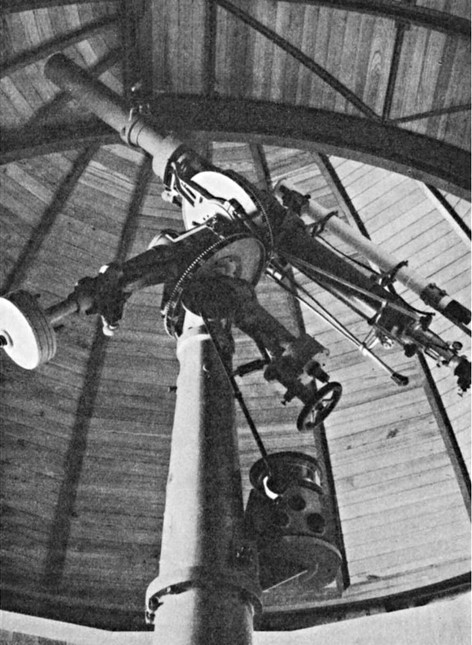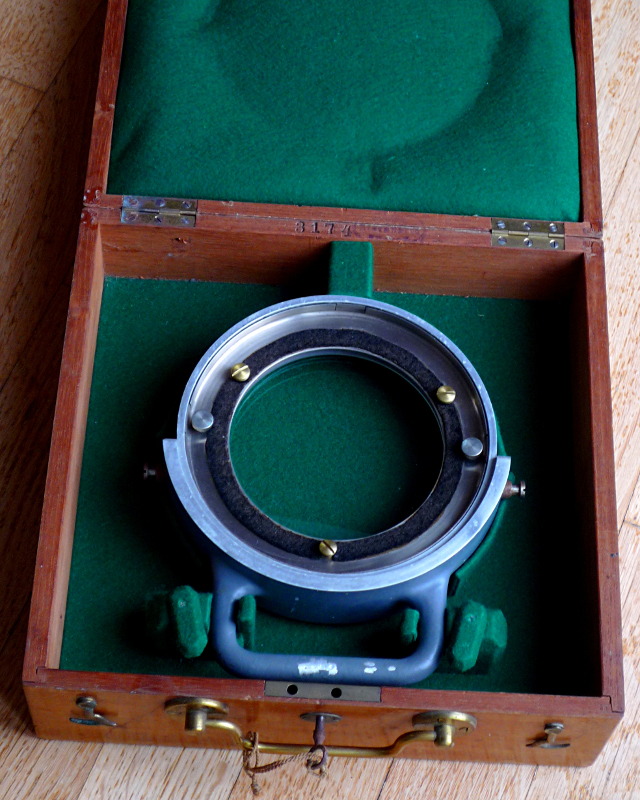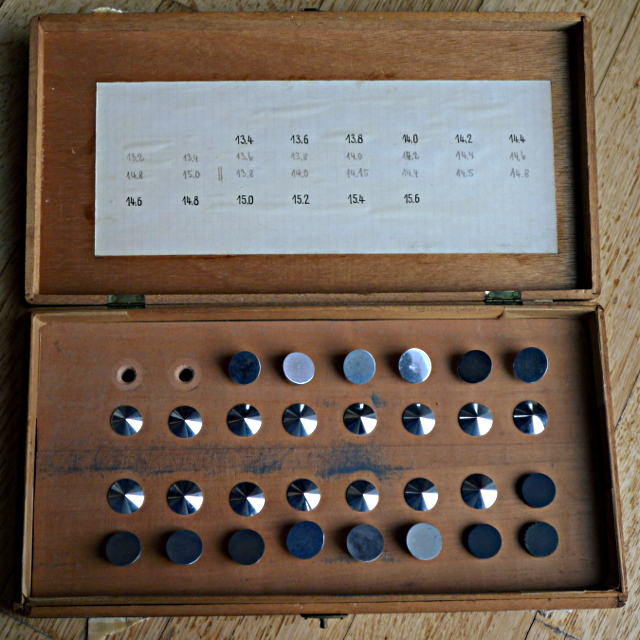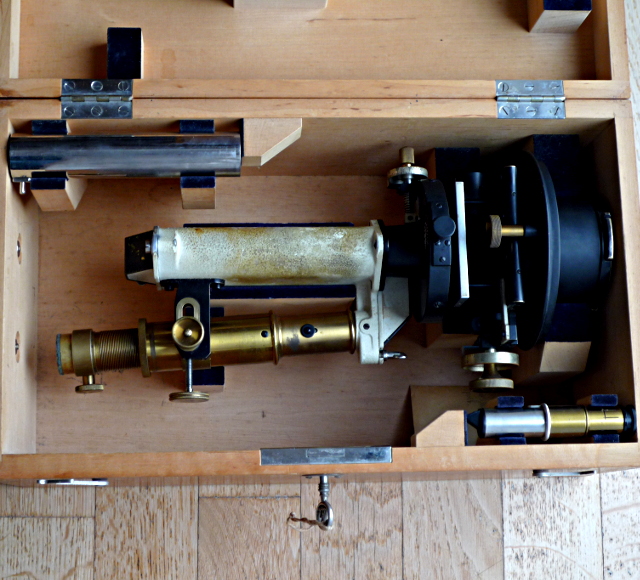Coronagraph — Astrophysical Observatory, Arosa
The Astrophysical Observatory Arosa was erected during summer 1939. The first observations started on December 14th, 1939. It is located at a place named "Tschuggen", 300 meters above Arosa village in Switzerland and entirely dedicated to solar research. In 1944 the Astrophysical Observatory was expanded for the inclusion of a horizontal coelostat solar telescope with 30 meters focal length. The coronagraph was retired in 1980 and the Astrophysical Observatory was decommissioned in 2002.
Kern & Co. AG, Aarau, a manufacturer of optical and geodetic Instruments, built the coronagraph during the year 1938 based on a design by Max Waldmeier, then Assistant Professor at the Swiss Federal Institute of Technology ETH in Zurich. Waldmeier got valuable support for his design from Bernard Lyot. The front lens of the coronagraph consists of a single plano convex lens, 120 mm in diameter, made by André Couder in Paris from the finest borosilicate glass available. Lyot himself helped testing the lens.

|
|
Waldmeier/Kern/Zeiss Coronagraph in the dome of the Astrophysical Observatory Tschuggen-Arosa. |
The massive parallactic telescope mount for the coronagraph as well as the spectroscope were manufactured by Carl Zeiss Jena. Max Waldmeier was a pioneer in measuring the intensities of the green and red corona lines. His observations along with those of Bernard Lyot led to the discovery of the extremely hot temperature of the solar corona (which is over 1 Million degrees Kelvin). The spectroscope can be turned by 360 degrees to position the slit on any part of the solar limb. In addition, the slit can be rotated and adjusted in width by a micrometer screw. A set of polished metal cones of different sizes were used to block the central image of the sun. Exact alignment of the coronagraph was possible with an additional prism ocular which could be inserted from the side.

|
|
Waldmeier/Kern/Zeiss Coronagraph. Note that the finderscope safely projects the sun's image onto a screen. |
Couder Lens

|
|
Front lens of the coronagraph by André Couder. The number punched into the wooden case reads 3174. |
Occluding disks

|
|
Set of flat and cone shaped polished occluding disks of different sizes for the coronagraph. These were manufactured at the mechanical workshop of the Swiss Federal Observatory Zurich. |
Zeiss Spectroscope

|
|
Zeiss Spectroscope. It is using prisms to fold the light path. Traces show where the observer rested his hand during hundreds of observing hours. |
Solar Prominences filmed by Max Waldmeier
Please see Legal notice for image copyright and author information.